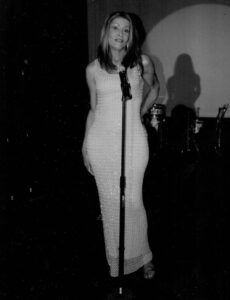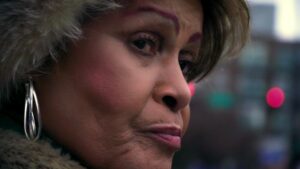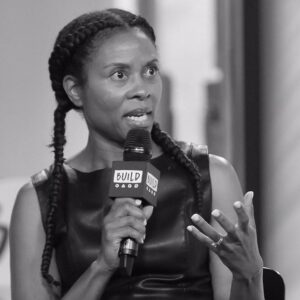Luchina Fisher will screen her film Mama Gloria, in addition to honoring the life and impact of Gloria Allen, a Black transgender icon and activist who dedicated her life to Chicago’s trans community.
LUCHINA FISHER (she/her) is an award-winning director, writer and producer who works at the intersection of race, gender and identity. She is the founder and CEO of Little Light Productions. Her feature directorial debut Mama Gloria, about Chicago trans icon activist Gloria Allen, was nominated for a 2022 GLAAD Media Award. The film premiered at the Chicago International Film Festival and BFI Flare London; won numerous jury awards; and made its broadcast debut on World channel and PBS. Previously, Luchina co-executive produced and co-wrote the critically acclaimed feature documentary Birthright: A War Story, which appeared in more than 70 theaters nationwide, qualified for Oscar consideration and streamed on Hulu. She is the director of two scripted short films, including Danger Word, and has written and produced several nationally broadcast documentaries. She most recently produced two episodes of the upcoming History channel series with President Bill Clinton and is directing a feature documentary on predatory lending in housing. Luchina began her career as a journalist and has written for People, the Miami Herald, The New York Times, O, The Oprah Magazine and ABCNews.com. Luchina is a Sisters in Cinema Documentary Fellow and a member of Brown Girl Doc Mafia, the Black Documentary Collective and Film Fatales. She is an inaugural recipient of the Brown Girl Doc Mafia Black Director’s Grant and a Spark Fund Award Winner from the National Endowment for the Humanities and Firelight Media. Luchina is based in the New York City area.






